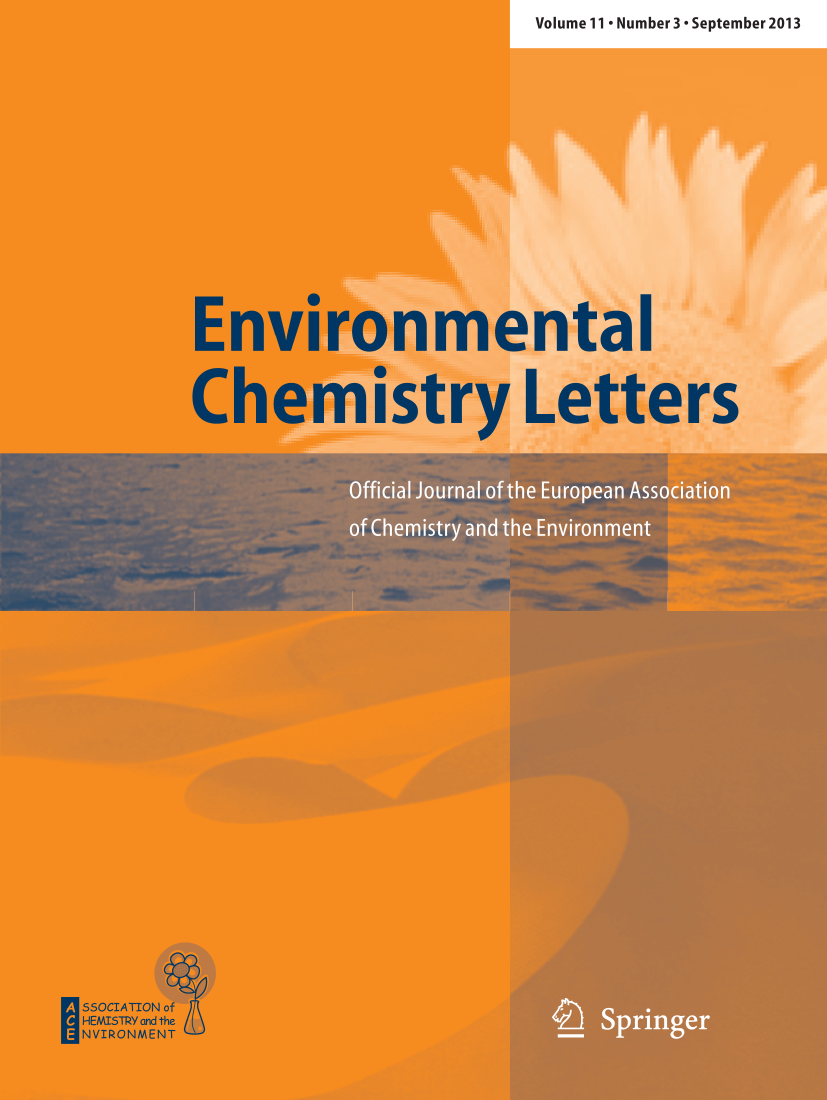将厨余垃圾转化为能源和增值产品:综述
IF 15
2区 环境科学与生态学
Q1 CHEMISTRY, MULTIDISCIPLINARY
引用次数: 0
摘要
食物垃圾的实际年产量约为 13 亿吨,相当于排放 33 亿吨二氧化碳当量,因此需要改进回收利用。在此,我们将探讨如何将厨余垃圾转化为能源和产品,如生物氢、沼气、生物燃料、生物柴油、生物炭、生物塑料、肥料、动物饲料、有机酸、酶和蛋白质。厨余垃圾可以通过焚烧、热解、堆肥、厌氧消化、热液碳化和填埋等方式进行处理。厨余垃圾的特性会影响转化效率。本文章由计算机程序翻译,如有差异,请以英文原文为准。

Conversion of food waste into energy and value-added products: a review
Food waste production reaches actually about 1.3 billion tonnes per year, corresponding to the emission of 3.3 billion tonnes equivalent of CO2, thus calling for improved recycling. Here we review food waste conversion into energy and products such as biohydrogen, biogas, biofuel, biodiesel, biochar, bioplastics, fertilizers, animal feed, organic acids, enzymes, and proteins. Food waste can be treated by incineration, pyrolysis, composting, anaerobic digestion, hydrothermal carbonization, and landfilling. Properties of food waste influence the efficiency of conversion.
求助全文
通过发布文献求助,成功后即可免费获取论文全文。
去求助
来源期刊

Environmental Chemistry Letters
环境科学-工程:环境
CiteScore
32.00
自引率
7.00%
发文量
175
审稿时长
2 months
期刊介绍:
Environmental Chemistry Letters explores the intersections of geology, chemistry, physics, and biology. Published articles are of paramount importance to the examination of both natural and engineered environments. The journal features original and review articles of exceptional significance, encompassing topics such as the characterization of natural and impacted environments, the behavior, prevention, treatment, and control of mineral, organic, and radioactive pollutants. It also delves into interfacial studies involving diverse media like soil, sediment, water, air, organisms, and food. Additionally, the journal covers green chemistry, environmentally friendly synthetic pathways, alternative fuels, ecotoxicology, risk assessment, environmental processes and modeling, environmental technologies, remediation and control, and environmental analytical chemistry using biomolecular tools and tracers.
 求助内容:
求助内容: 应助结果提醒方式:
应助结果提醒方式:


